What exactly is the “Dark Web”? Is it a dank, gloomy, scary place where giant, hairy tarantulas hang out? If so, I’m leaving town!
In actuality, the Dark Web refers to a collection of websites that can’t be reached by traditional search engines – the areas you and I can’t typically access via Google, Yahoo, or Bing. The area we surf is considered the “Surface Web,” which embodies only a small portion of the internet. The Surface Web is like the tip of an iceberg, and the Dark Web represents the rest of the iceberg that’s underwater.
A portion of the Dark Web is also referred to as the “Deep Web,” which contains Dark Web websites as well as databases, webmail pages, registration required web forums, and other forms of untracked internet communication.
The Dark Web relies on “peer-to-peer” connections, meaning data is stored on thousands of different computers across the network, making it difficult to uncover the source and providing users with complete anonymity. The Dark Web is often used for illegal activity since those who use it don’t have to worry too much about anyone finding out who they are or what they’re doing.
The Dark Web is a prime spot for buying and selling drugs, and like the real world, every time authorities shut one site down, another one typically pops up. Cryptocurrency such as Bitcoin is the preferred method of payment since it provides the same level of anonymity. The Dark Web is also a hotspot for other illegal activities such as child pornography.
The Dark Web itself, however, is completely legal, despite the fact that it’s often utilized for illegal operations. It’s also used for legal activities, such as communicating with anonymous sources and investigating information without the risk of having one’s identity uncovered.
Curious about finding out how to access the Dark Web to see what you’ll discover? Read more about it here.
If you have any questions, we’re here to help… send us an e-mail or give us a call!
PLEASE pass this on to family and friends.

